Are you looking to save a few bucks by mixing yellow and pink antifreeze? Before you do, it’s important to understand the potential risks and consequences of mixing incompatible antifreeze.
While it may seem like a quick fix, using the wrong type of antifreeze can lead to costly repairs and even engine failure.
Can You Mix Yellow and Pink Antifreeze?
No, but don’t panic. Yellow and pink antifreeze are different types of coolant, and mixing them can cause problems with your cooling system. If you need to top off your coolant, use the same type that’s already in your vehicle. Check your owner’s manual for more info.
To ensure the health and longevity of your vehicle, it’s crucial to use the appropriate type of antifreeze.
Table of contents
Different Types of Antifreeze:
Let’s break it down: there are different types of antifreeze out there, and it’s important to know what makes them unique.
To begin with, there are two main types of antifreeze: ethylene glycol and propylene glycol.
Ethylene glycol:
Ethylene glycol is the most common type and is used in most vehicles. It’s highly toxic and requires careful handling.
Propylene Glycol:
On the other hand, propylene glycol is less toxic and is often used in environmentally friendly antifreeze products.
Mixing ratios are an important consideration when it comes to antifreeze.
The ideal mixing ratio is typically 50/50 antifreeze to water. This creates a solution that has a freezing point of around -34 degrees Celsius (-29 degrees Fahrenheit). If you use too much antifreeze, the freezing point will be lowered, but this can also reduce the effectiveness of the antifreeze.
Conversely, if you use too much water, the freezing point will be higher, which can cause the engine to overheat.
The key takeaway here is that you should always use the recommended type of antifreeze for your vehicle and follow the manufacturer’s instructions when it comes to mixing ratios.
Mixing yellow and pink antifreeze is generally not recommended, as they are likely to have different compositions and could react negatively with each other.
Always err on the side of caution and stick to using one type of antifreeze to ensure that your engine stays protected from freezing and overheating.
Compatibility of Yellow and Pink Antifreeze:

When it comes to the compatibility of yellow and pink antifreeze, there are two key factors to consider: brand-specific compatibility and type-specific compatibility.
Different brands of antifreeze may have different formulations that may not mix well with each other, leading to potential engine damage.
Additionally, the type of antifreeze (i.e. ethylene glycol-based or propylene glycol-based) can also impact compatibility.
It’s important to check with your vehicle manufacturer or a trusted mechanic to ensure that you’re using the right type and brand of antifreeze for your engine.
Brand-specific compatibility:
Brand-specific antifreeze compatibility varies, so it’s important to check the label before mixing yellow and pink antifreeze.
While some brands claim their yellow and pink antifreeze are compatible, others warn against mixing them.
It’s important to note that brand-specific pricing, availability, and performance can also be affected by mixing antifreeze.
For example, some brands may offer a cheaper yellow antifreeze but a pricier pink antifreeze, while others may have better availability for one color over the other.
Mixing incompatible antifreeze can also affect the performance of the coolant system, potentially causing engine damage.
So, it’s best to stick to one brand and type of antifreeze when topping off or flushing the coolant system.
Type-specific compatibility:
It’s crucial to understand the type-specific compatibility of different antifreeze types to avoid potential engine damage.
Mixing different types of antifreeze can cause chemical reactions that can be damaging to the engine.
Furthermore, different types of antifreeze contain different additives that can react when mixed, causing engine damage and corrosion.
To avoid such problems, it’s important to follow mixing precautions that are provided by the manufacturer.
For instance, always flush the cooling system before adding a new type of antifreeze. Additionally, you should always use the recommended type of antifreeze for your engine to ensure compatibility.
Lastly, it’s important to note that some types of antifreeze are compatible with each other, while others are not. Therefore, it’s crucial to conduct thorough research before mixing different types of antifreeze.
Risks of Mixing Incompatible Antifreeze:

Mixing yellow and pink antifreeze can be dangerous for your engine, so you should avoid doing it. Incompatible antifreeze can cause a range of problems, from corroding your engine to damaging your water pump.
If you’re not sure which type of antifreeze your engine uses, it’s best to consult your owner’s manual or a professional mechanic.
Consequences of Mixing Incompatible Antifreeze:
The consequences of mixing incompatible antifreeze can be severe. When different types of antifreeze are mixed, they can react chemically, causing a variety of issues.
For example, the mixture can become acidic, which can corrode your engine and cause leaks. Mixing incompatible antifreeze can also cause your water pump to fail, which can lead to overheating and engine damage.
Proper Antifreeze Disposal:
Proper antifreeze disposal is also important to consider. When you need to replace your antifreeze, it’s important to dispose of it properly. Pouring it down the drain or onto the ground can harm the environment and wildlife.
Instead, take your used antifreeze to a recycling center or auto parts store that accepts it for safe disposal. By taking these precautions, you can help protect your engine and the environment.
Watch this video for more info:
Benefits of Using Compatible Antifreeze:
Using the right antifreeze for your engine can save you from costly repairs and keep your engine running smoothly. It’s important to use compatible antifreeze that matches your engine’s specifications.
Here are some benefits of using the right antifreeze:
The benefits of using compatible antifreeze are clear. It’s important to use the right antifreeze for your engine to prevent costly repairs, maintain proper temperature, extend engine life, and improve performance.
By taking the time to choose the right antifreeze, you can ensure that your engine runs smoothly and efficiently for years to come.
How to Determine Compatibility?

To determine the compatibility of antifreeze, you should start by identifying the type and brand of antifreeze you have.
Check the label or owner’s manual for this information.
Once you have this, reference the manufacturer’s guidelines to see what types of antifreeze are compatible with your vehicle.
If you’re unsure, consult a mechanic for further guidance.
Identifying the type and brand of antifreeze:
When you’re checking your car’s antifreeze, it’s important to know the type and brand you need.
One important factor to consider is the color of the antifreeze. Antifreeze can come in a variety of colors, including green, yellow, pink, orange, and blue.
The color of the antifreeze can help you identify the type and brand of antifreeze that you need.
For example, yellow antifreeze is typically used in European and Asian cars, while pink antifreeze is commonly used in General Motors and Chrysler vehicles.
Antifreeze Composition Analysis:
Another way to identify the type and brand of antifreeze is through antifreeze composition analysis. This process involves testing the antifreeze to determine its chemical makeup and properties.
By analyzing the antifreeze, you can determine if it is the proper type and brand for your vehicle.
Additionally, antifreeze composition analysis can also help identify any potential issues with the antifreeze, such as contamination or degradation.
By identifying these issues early on, you can take the necessary steps to prevent damage to your engine and ensure that your car runs smoothly.
Referencing the manufacturer’s guidelines:
Following the manufacturer’s guidelines for your specific vehicle is crucial in ensuring that you use the correct type and brand of antifreeze. Here are three reasons why it’s important to follow the instructions provided by the manufacturer:
Ignoring the manufacturer’s guidelines can have potential consequences, such as engine damage, warranty issues, and reduced performance.
To avoid these problems, make sure to carefully follow the instructions provided by your vehicle’s manufacturer for the type and brand of antifreeze to use.
Consulting a mechanic:
If you’re unsure about which antifreeze to use for your vehicle, consulting a mechanic can be a wise decision. A mechanic can provide expert advice on which type of antifreeze is best suited for your vehicle.
They can also advise you on whether it’s safe to mix yellow and pink antifreeze.
When it comes to antifreeze mixing alternatives, a mechanic may suggest using a universal antifreeze that is compatible with both yellow and pink antifreeze.
This type of antifreeze is designed to work with any type of antifreeze and can be a convenient option if you’re unsure about which type of antifreeze to use.
However, it’s important to note that not all universal antifreeze products are compatible with all types of antifreeze, so be sure to check with your mechanic before using one.
Alternatives to Mixing Antifreeze:
You can avoid the risk of damaging your engine by simply using a pre-mixed antifreeze instead of mixing yellow and pink antifreeze together.
The antifreeze mixing ratios can be tricky to get right and if you mix the wrong ones, it can create a thick sludge that can clog your radiator and engine.
This can lead to overheating, which can cause permanent damage to your car’s engine.
Depend on The Make and Model:
The best antifreeze options for your car can depend on the make and model. However, most car manufacturers recommend using a specific type of antifreeze, which is usually mentioned in the car’s owner’s manual.
The most common types of antifreeze are ethylene glycol and propylene glycol. Ethylene glycol is the most widely used antifreeze as it can handle extreme temperatures and has a longer lifespan.
Propylene glycol is non-toxic and is often used in newer cars as it is more environmentally friendly.
Mixing yellow and pink antifreeze can be risky and can cause damage to your car’s engine. To avoid this, it is recommended to use a pre-mixed antifreeze or the best antifreeze option recommended by your car manufacturer.
Remember to always read your car’s owner’s manual before adding any antifreeze to your car and consult a mechanic if you have any doubts or concerns. By doing so, you can ensure the longevity and smooth performance of your car.
Frequently Asked Questions:
What are the main differences between yellow and pink antifreeze?
When choosing between yellow and pink antifreeze types, consider the manufacturer’s recommendation for your vehicle. Both types offer corrosion protection, but yellow is typically longer lasting. Mixing them is not recommended and may cause engine damage.
Can you mix different brands of the same color antifreeze?
Mixing different brands of the same color antifreeze is generally safe, but it’s always recommended to use the same brand and type for optimal performance. Benefits of using recommended antifreeze include improved engine performance, while risks of using non-recommended antifreeze include potential damage to the engine.
What happens if you mix yellow and pink antifreeze by accident?
Mixing yellow and pink antifreeze can cause chemical reactions that lead to potential damage to your engine. It’s important to stick with one type of antifreeze and not mix different colors or brands. Protect your engine and avoid costly repairs.
Can you use a universal antifreeze to avoid compatibility issues?
Using a universal antifreeze can prevent compatibility issues. Benefits include ease of use and compatibility with all types of antifreeze. Before switching, flush your car’s cooling system properly to avoid contamination.
Is there a difference in performance between compatible and incompatible antifreeze?
Antifreeze performance is affected by compatibility concerns. Incompatible antifreeze can lead to corrosion and damage to engine components. It’s important to use compatible antifreeze for optimal performance and to avoid costly repairs.
Conclusion and final thoughts 💭
It is not recommended to mix yellow and pink antifreeze. While both types of antifreeze share similar properties, they have different chemical compositions that make them incompatible with each other.
Mixing them can cause corrosion, clogs, and other damages to your engine’s cooling system. It can also void your warranty and result in costly repairs.
To ensure your engine’s longevity and prevent any damages, it is important to use compatible antifreeze.
You can determine the compatibility by checking the label or consulting your vehicle’s manual. If you are unsure, it is best to consult a mechanic for advice. Remember, prevention is always better than cure.
Finally, if you are in a situation where you need to top off your antifreeze but do not have the same type available, it is better to use an alternative rather than mixing incompatible antifreeze.
Options such as distilled water or premixed universal antifreeze can be used in emergencies. Always check the label for compatibility and follow instructions carefully.
By following these guidelines, you can ensure your engine’s cooling system stays in top shape and avoid costly repairs.
Latest Posts:
- 10 Best Gear Oil for Limited Slip Differentials (Reviewed!)
- Allison 1000 Transmission Fluid Type (5 Best Options!)
- 91 Octane Vs 93 Which One You Use? (The Surprising Truth!)
- Oil Pressure Gauge Not Working: (Guaranteed Fix!)
- 10 Best Transmission Fluid for 4l60e (Tested by Experts!)
- 10 Best Ceramic Coating For Wheels (Used By Real Users!)

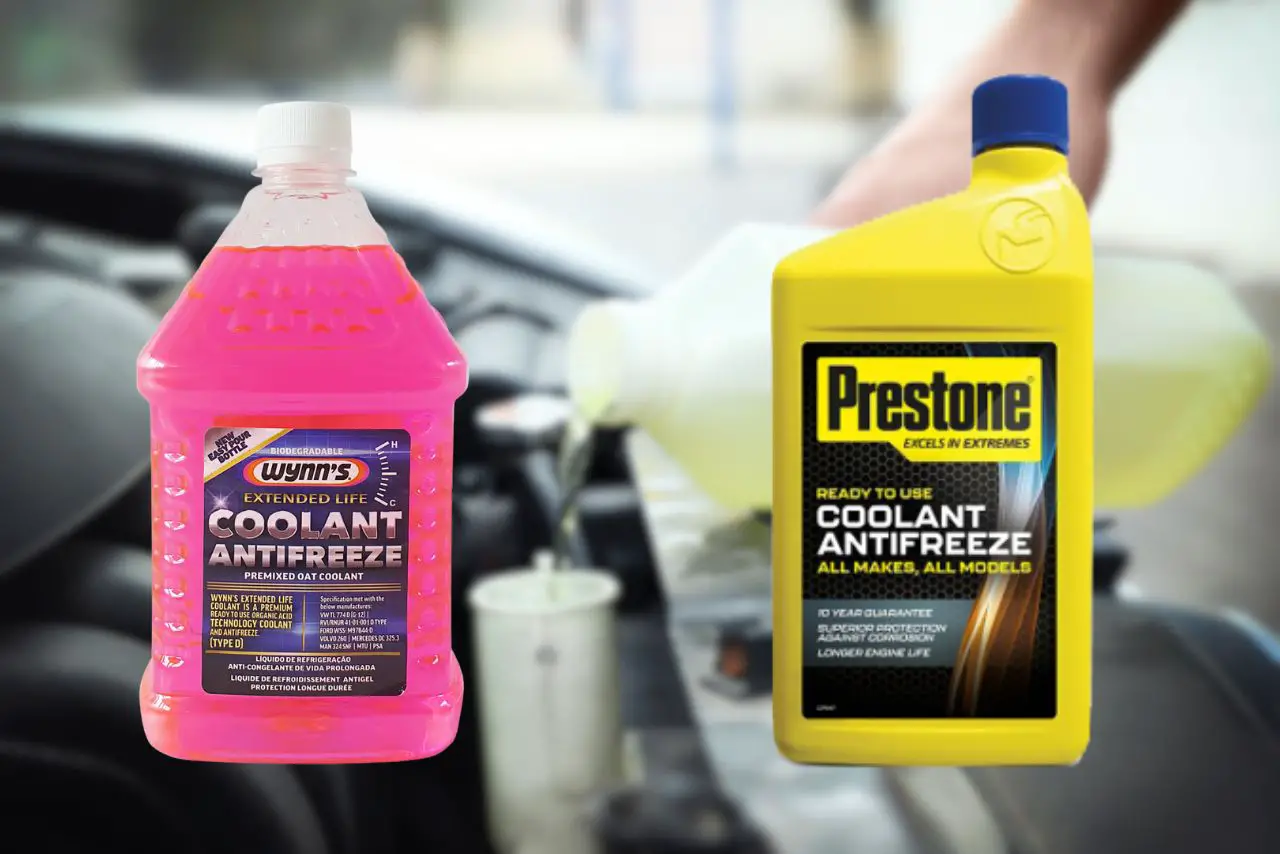
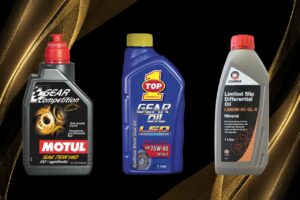



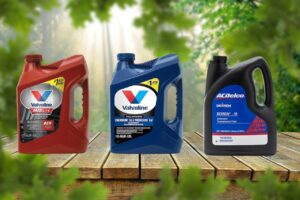

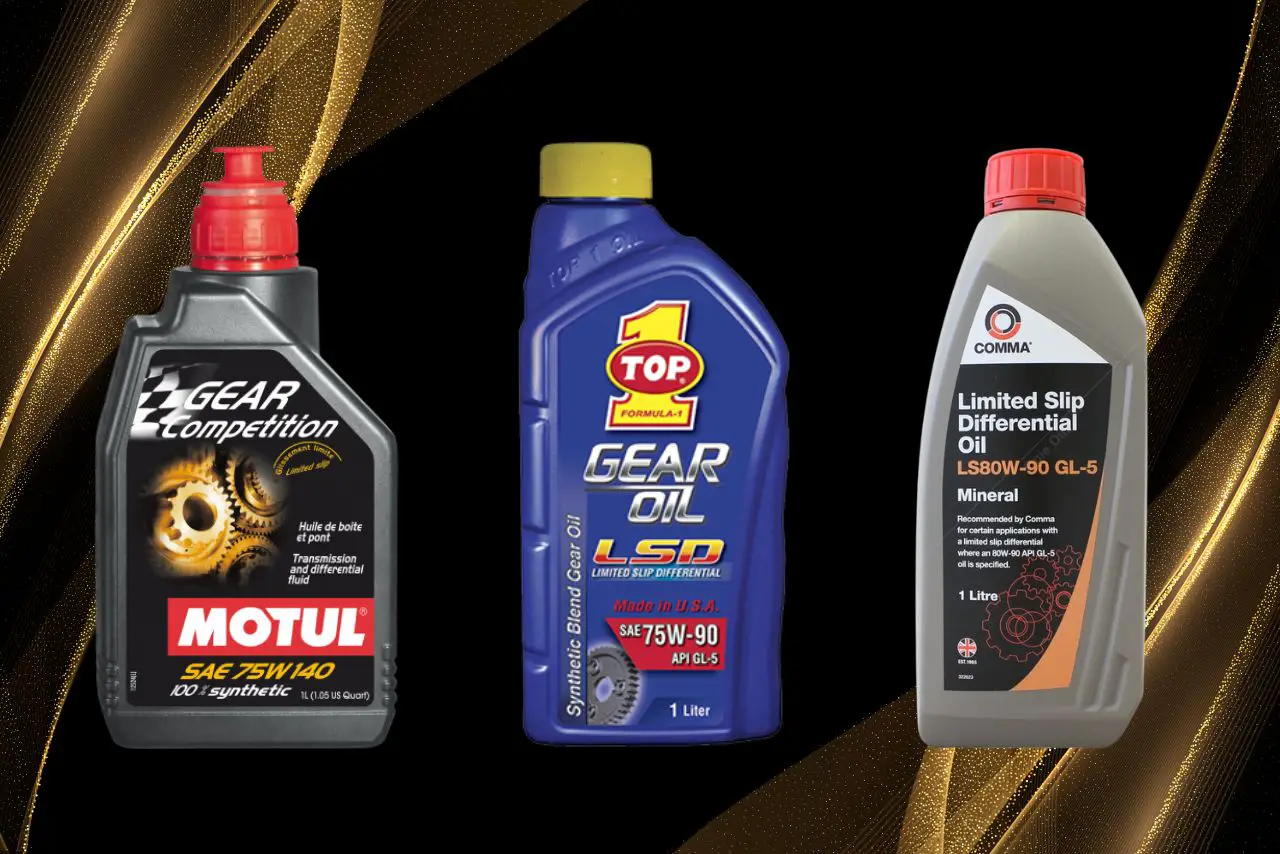
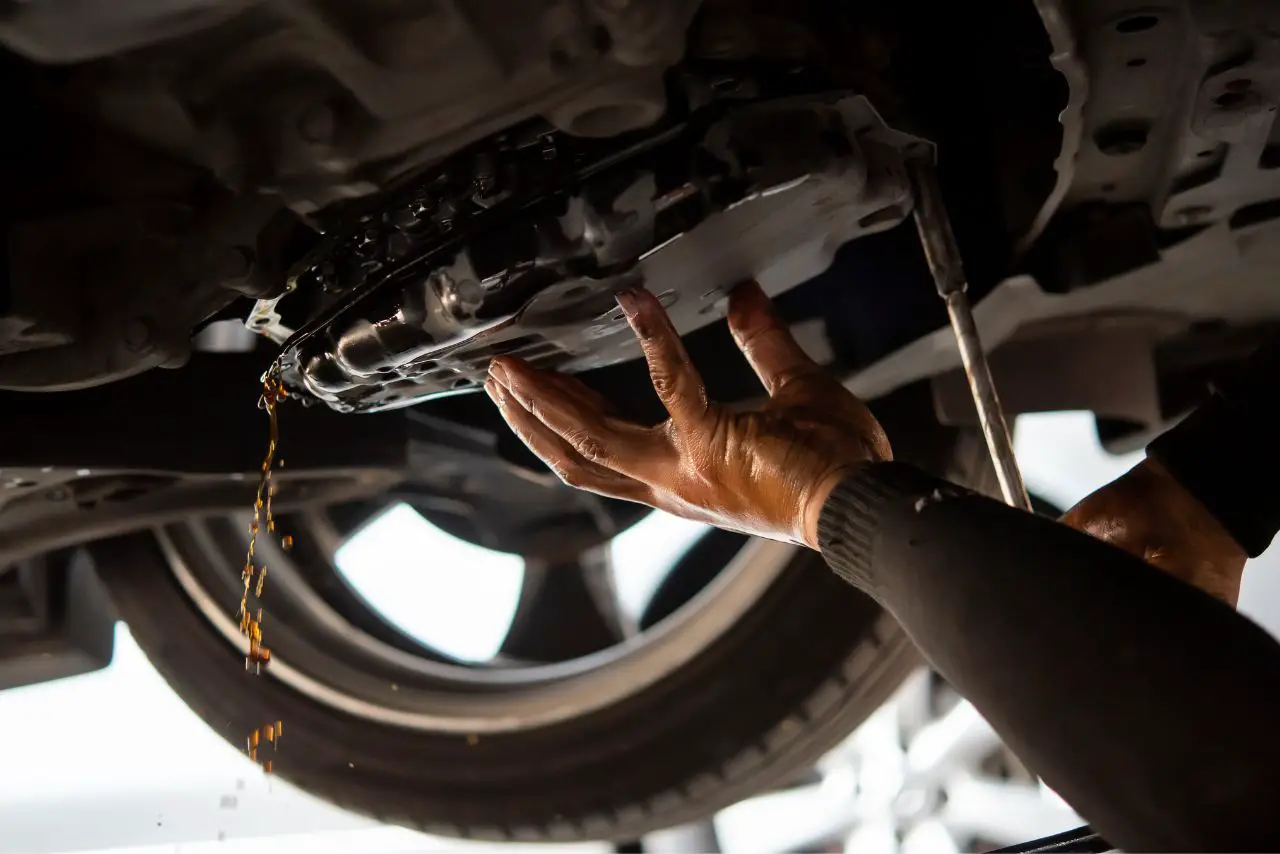


Leave a Reply